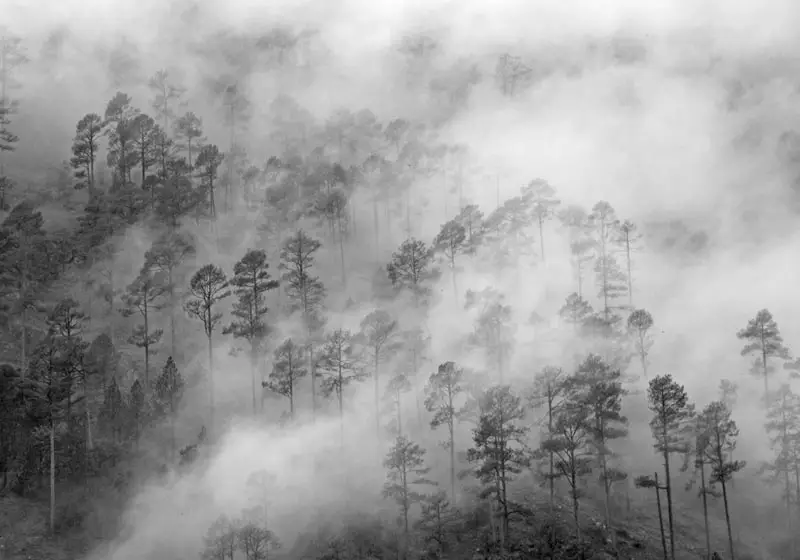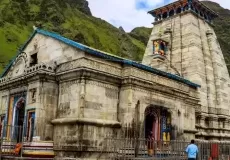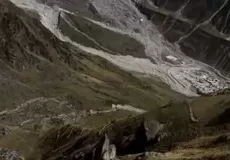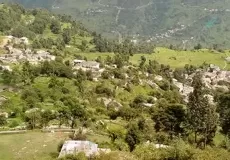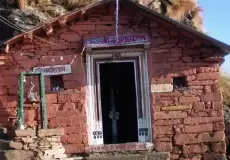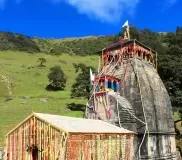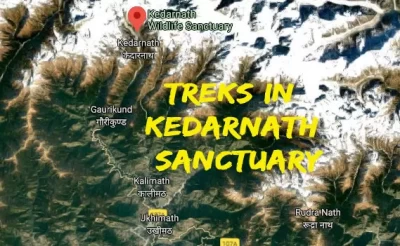About Kedarnath Sanctuary
According to the IUCN reports around 44.4% to 48.8% area of Kedarnath Wildlife Sanctuary is under forest cover, about 7.7% of the area is covered by the alpine meadows, 42.1% is either rocky or snow-clad throughout the year.
The Kedarnath sanctuary sprawls over an area of 975 square km and is the largest protected area in the western Himalayas. It works for conserving the endangered Himalayan Musk Deer and was also nicknamed after it. This naturally abundant sanctuary is perched at an elevation of 1,160 metres above sea level near Phata, to 7,068 metres above sea level at the Chaukhamba peak.
Flora-Fauna
The Kedarnath Wildlife Sanctuary is covered with temperate forests. While the higher and upper regions possess the sub-alpine and alpine coniferous forests. At the high altitude, you will see the lush green meadows enveloping the entire region.
At Kedarnath Wildlife Sanctuary you can spot varied animal species such as the yellow-throated Marten, leopard, jackal, snow leopard, Himalayan black bear, leopard, wild boar, the Himalayan musk deer, the Royles Mountain Vole, the red giant flying squirrel, the Boulengers keelback and the Himalayan pit viper. The Kedarnath Wildlife Sanctuary is also a bird watcher’s paradise as myriad birds are found here.
Staying in Kedarnath Wildlife Sanctuary
The travellers can either chose to stay at the PWD Inspection Houses or stay at the Dharamshala near Trijuginarayan, Kedarnath, and Gaurikund.
History of Kedarnath Wildlife Sanctuary
During 1916-1920, the Kedarnath Wildlife Sanctuary was a reserve forest area. It was on January 21, 1972, that the reserve forest area was declared as a Wildlife Sanctuary and a ‘Habitat/Species Management Area’ by the International Union for Conservation of Nature (IUCN). Since, 1972, the area of the park has been increased from 967 to 975 hectares i.e. approximately 2,390-2,409 acres of land.
Best Time to visit Kedarnath Wildlife Sanctuary
The ideal time to visit Kedarnath Wildlife Sanctuary is between May-June and September to November.
How to Reach
Kedarnath Wildlife Sanctuary covers some parts of Chamoli and Rudraprayag districts which can be easily accessible from any part of the country. To reach Kedarnath Sanctuary take NH 58 and follow the state highway to Chopta. The nearest railhead is located at Rishikesh about 227 km from the sanctuary. The Jolly Grant airport at Dehradun is the nearest airport to Kedarnath Wildlife Sanctuary.
What is Kedarnath Wildlife Sanctuary famous for?
Kedarnath Wildlife Sanctuary is popular destination for following activities/ interests - Adventure, National Parks and Wildlife Sanctuaries, Wildlife Tourism.
